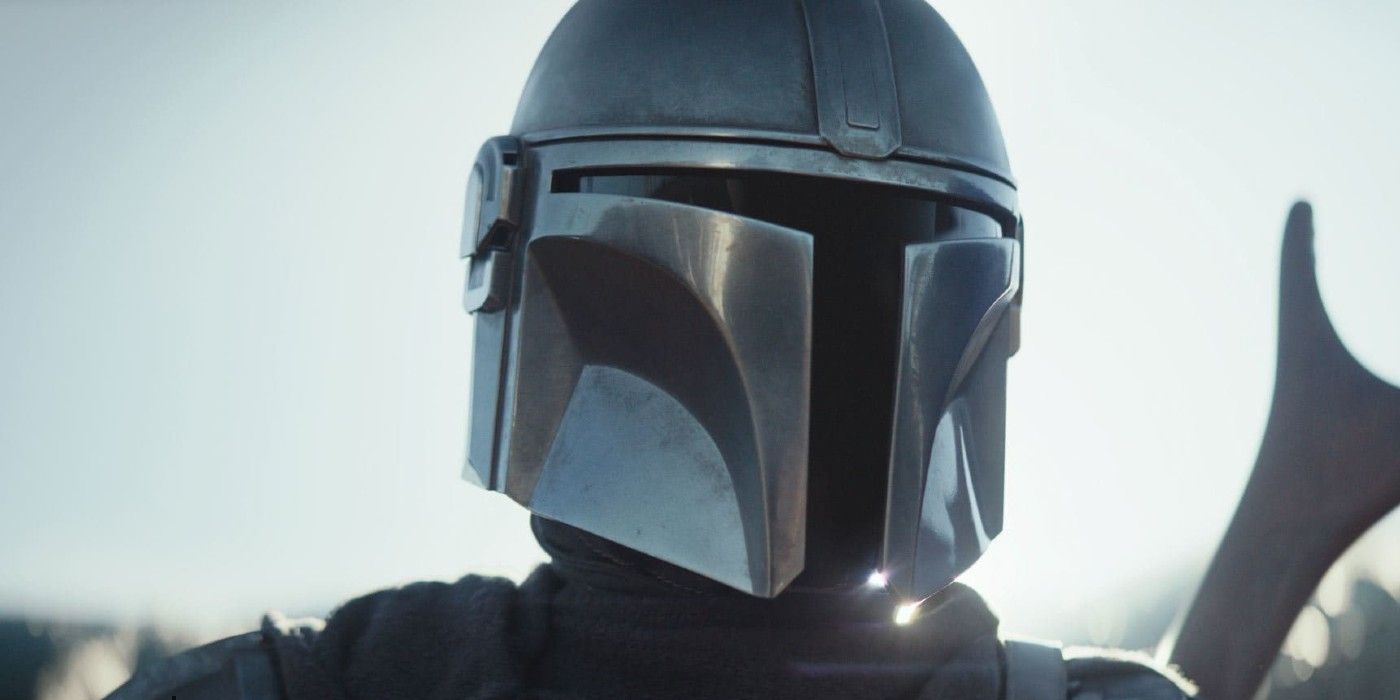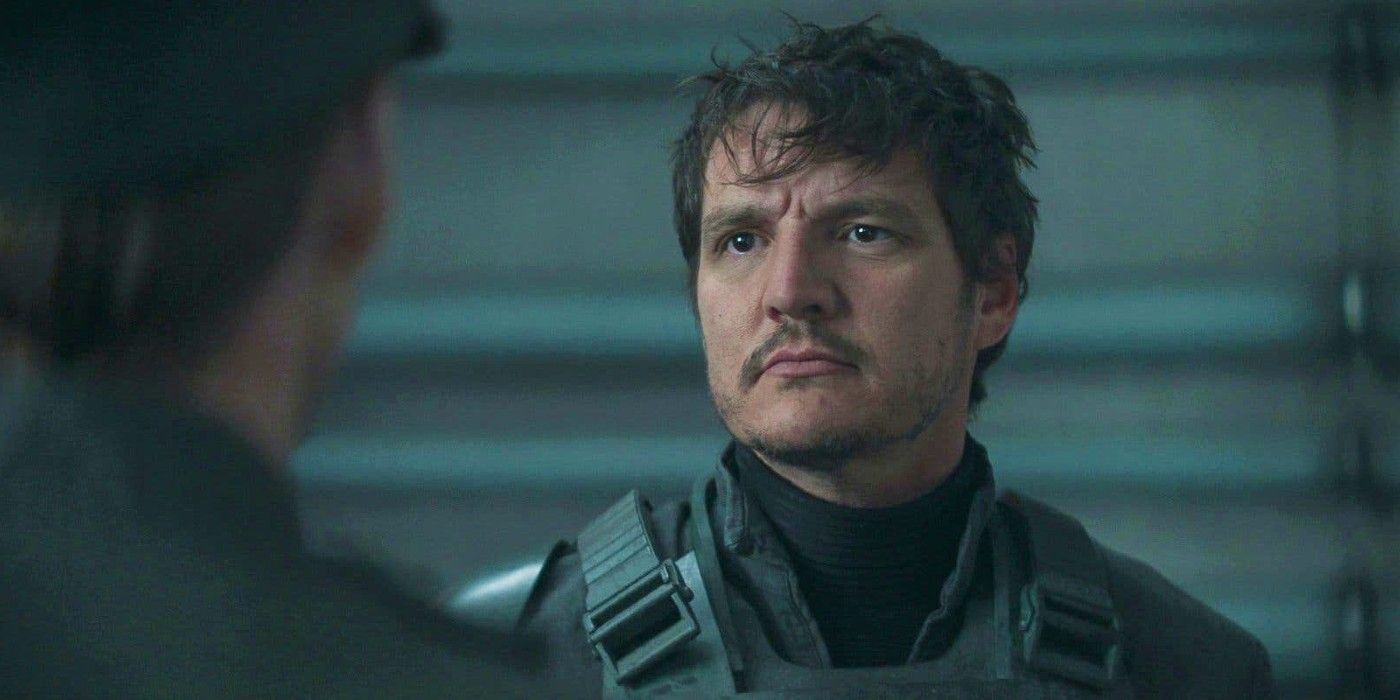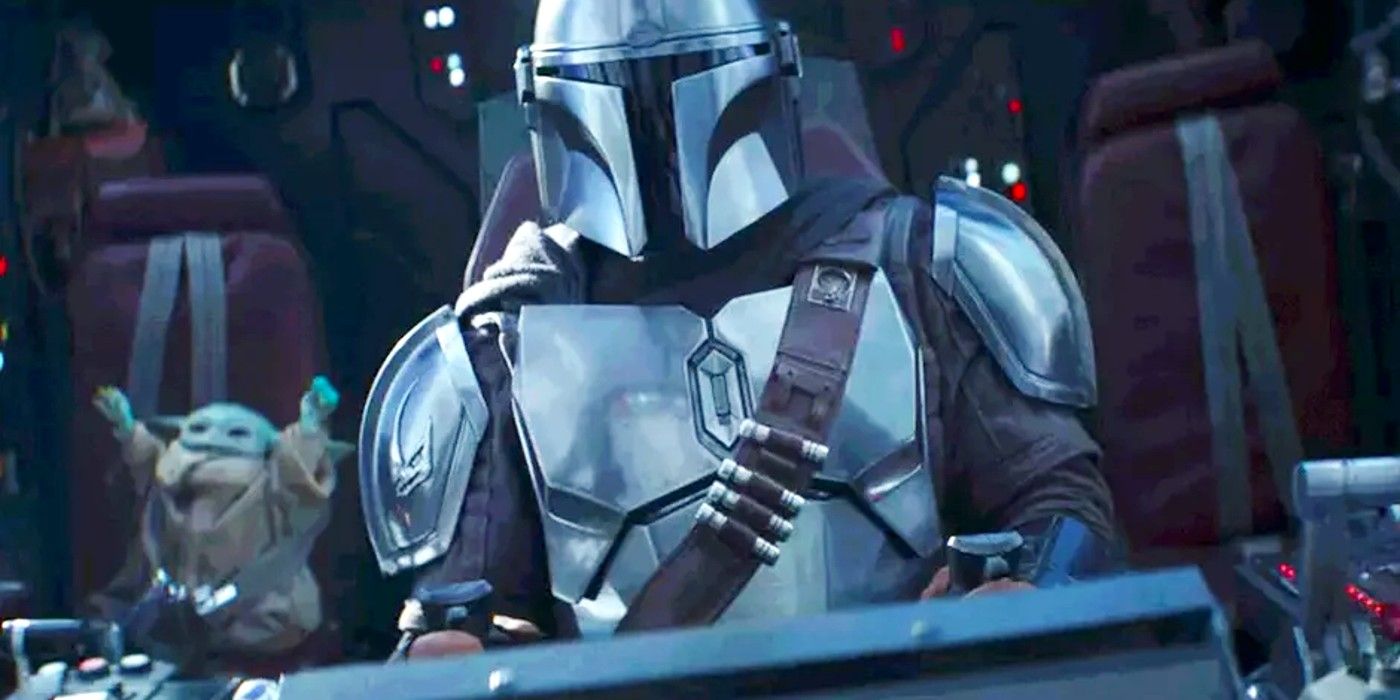When The Mandalorian first revealed its main character was part of a group that forbade the removal of their helmets, many Star Wars fans were confused. Some pointed to characters like Sabine Wren, for example, a different Mandalorian who spent much of the Star Wars Rebels series without her helmet on. If she was allowed to travel the galaxy without hiding her face, why couldn’t this new character?
While some immediately jumped to accusations of retconning, others pointed out that some Mandalorian characters in The Clone Wars were also different than expected — especially compared to stories from Star Wars Legends. Duchess Satine’s Mandalorians were pacifists when Mandalorians had never been such a thing before. Did this mean Mandalorian customs could change drastically with the passing of time — even if it wasn’t consistent with what fans were used to? Could this also mean that many factions in Star Wars as a whole, such as the Jedi and Sith, could also change from story to story? According to The Mandalorian producer Dave Filoni, that’s exactly what it meant — and it was the words of George Lucas himself that inspired all those changes.
“I remember when I did Clone Wars,” Filoni told Vanity Fair, “George came in and said, ‘Well, the Mandalorians are pacifists in this time period.’ I’m like, ‘Oh, well, that’s very different than what everybody thinks they were.’ And he was like, ‘Well, you’ve got to remember that people are never just one thing. Cultures evolve and they change over time.’”
Star Wars Legends stories such as Karen Traviss’ Republic Commando books depicted Mandalorians of the Clone Wars era as a culture of warriors — much different from the culture depicted in the canon TV series. This became quite controversial among Star Wars fans at the time, but it was ultimately Lucas’s decision to override the original depiction to fit his beliefs. If it weren’t for his push to depict the Mandalorians as pacifists, the story of The Mandalorian may have been very different from what we eventually got.
In The Book of Boba Fett, The Armorer expelled one of only three remaining Mandalorians from her covert because he broke one of their strictest rules: don’t remove your helmet. Even though he had won the legendary Darksaber in combat — twice — he was still banished because he didn’t check all of her boxes. This behavior wasn’t something fans of The Clone Wars had seen from the Mandalorian people before. At this point in the timeline, however, things had changed. Mandalorian culture had evolved — at least within the Children of the Watch covert The Armorer was a member of. As Lucas’s student, Filoni took the man’s words from way back in their Clone Wars days to heart when crafting the story of The Mandalorian.
The show’s main protagonist, Din Djarin, has only just begun his journey toward understanding what it truly means to be a Mandalorian — if Mandalorians are in fact just one thing at all. Going by Lucas’s statement above, part of this character’s arc in The Mandalorian will likely involve Din discovering he doesn’t have to fit into a predetermined box in order to call himself a Mandalorian. But this isn’t the first time Lucas’s words to Filoni have had a notable ripple effect on the latter creator’s Star Wars storytelling — probably because Lucas wasn’t just talking about Mandalorians. His vision for a galaxy far, far away was always intended to expand beyond the black-and-white storytelling of the franchise’s original three film installments.
In Rebels, Kanan tells Ezra a lightsaber doesn’t make someone a Jedi — even though that’s largely what defined a Jedi in the original trilogy films. In The Clone Wars, Ahsoka Tano upholds many of the practices and beliefs she learned while part of the Jedi Order even after walking away from it. Rebels dedicated an entire arc to Sabine training to wield the Darksaber even though she was not a Force-user. In Star Wars, a person can be more than one thing — that comes straight from The Maker himself.
As shows like The Mandalorian continue to drive the Star Wars universe forward, viewers will likely see more characters who were born into specific factions but ultimately break the expected mold they were raised to follow. George Lucas may have begun the franchise with characters that fit more neatly into certain archetypes. But with creators like Filoni following in his footsteps, the universe will evolve with more complex characters and conflicts. It’s not the Star Wars many fans grew up with. But it was never meant to stay the same forever.
Seasons 1 and 2 of The Mandalorian are available to stream on Disney+.
Read Next



